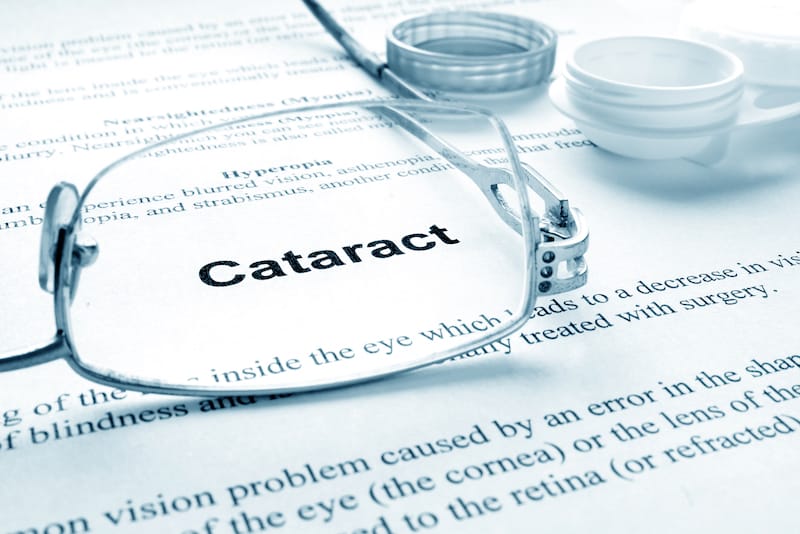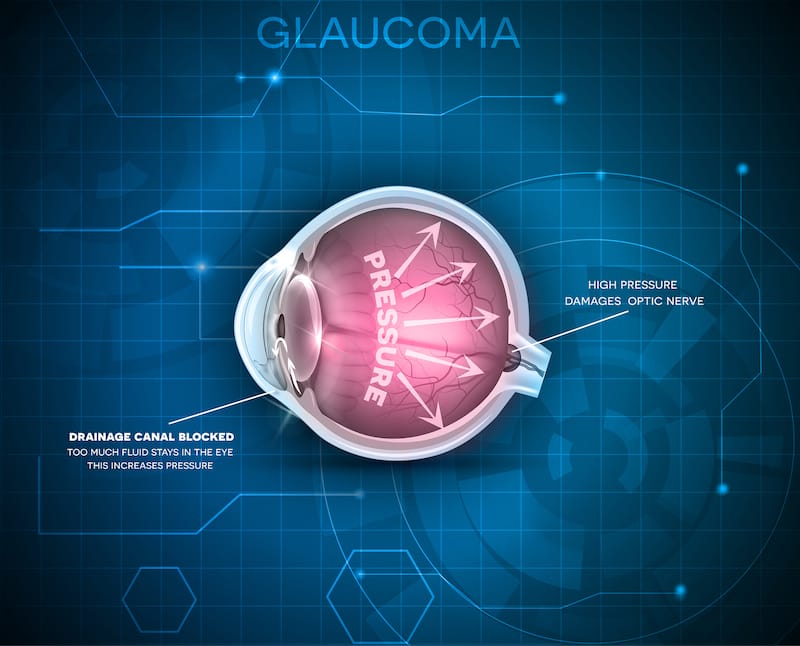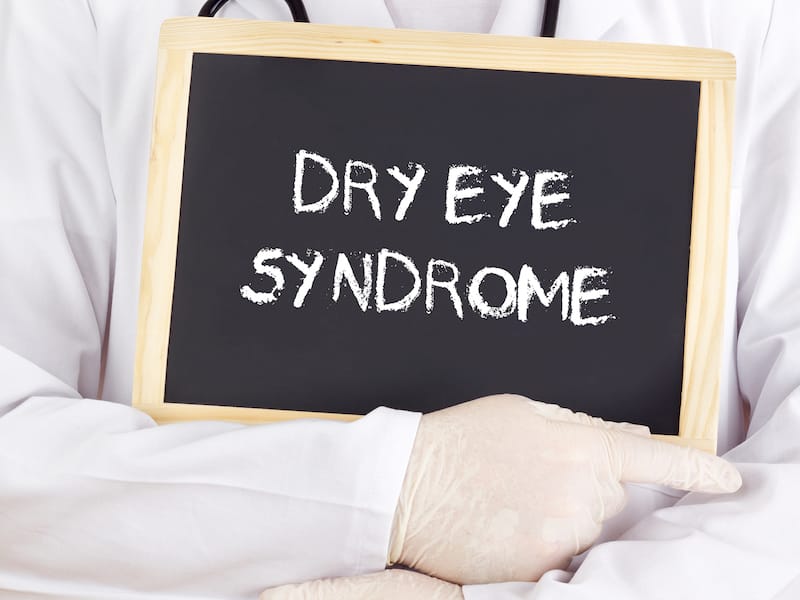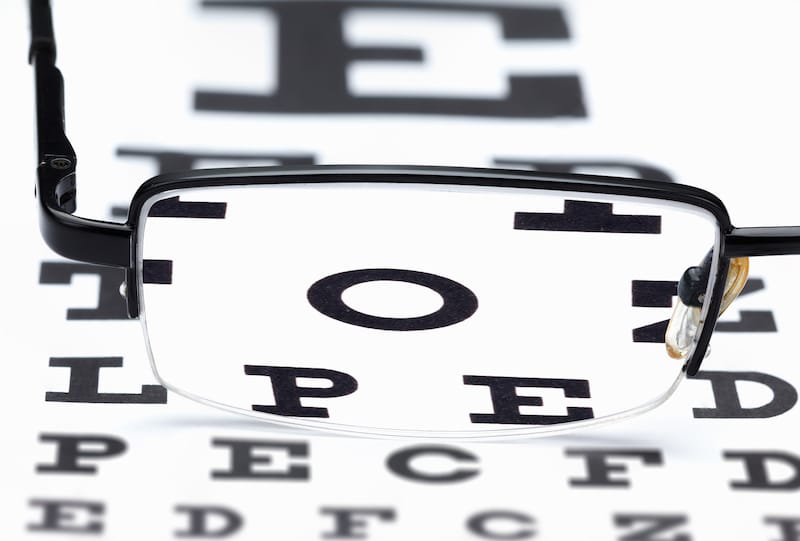St. Petersburg Eye Doctor Serving Pinellas County
An Experienced Optometrist Who Cares About Your Eyes
When you come to Ryczek Eye Associates for an eye exam, we make it a priority to assess every aspect of your ocular health. While testing your vision is a key component of our eye exams, we also recognize that the medical condition of your eyes is crucial to the longevity of your visual health.
Common Eye Conditions We Diagnose
Our eye exams are designed to help you prevent, diagnose and assess all types of eye conditions that can impair your vision. Consider some of the most common conditions we treat and how they can affect your vision:
- Glaucoma occurs when your internal eye pressure is abnormally high and causes damage to your eye’s optic nerve fibers. Although glaucoma cannot be cured, it can be controlled with early detection. With newer diagnostic instrumentation, we can diagnose and treat glaucoma much earlier than in the recent past and with vastly improved results.
- Dry Eye Syndrome occurs when your eyes do not produce adequate tears or the tears being produced do not have the proper chemical composition. While most people experience symptoms such as itching, redness, dryness, grittiness, watering, or blurred vision, severe dry eye can actually lead to corneal scarring. As one of the most common conditions we see in the office, dry eye is vastly under-treated.
- Cataracts refer to a condition that develops when the lens of your eye becomes cloudy or opaque and begins to affect your vision. Cataracts usually develop due to age and are of the highest risk to people over the age of 55. Depending on the size and location of the cataract, it can scatter and block light before it reaches the retina. The only way to treat cataracts is through cataract surgery.
- Macular degeneration is the number one cause of blindness in America. This disease occurs when the portion of the retina responsible for clear vision, begins to change or warp, creating a loss of sharp vision or the inability to see objects clearly. It can also create an empty or unclear spot in the center or near the center of the visual field. There are actually two types of macular degeneration: dry and wet. There is no known cure or approved treatment for dry macular degeneration, but there are some limited options for the treatment of wet macular degeneration. Both require close observation.
- Diabetes might seem like an unrelated condition, but it can actually have a significant negative impact on your vision. With a special diabetic eye exam, Dr. Ryczek can determine how your diabetes might be harming your eye sight and can advise you how to best take action to minimize the damaging affects.
- Conjunctivitis refers to inflammation and irritation of the thin, clear layer that lines the inner eyelid and covers the white part of the eye. Main causes of conjunctivitis generally include allergic reactions, chemical reactions and infection due to a virus or bacterium (pink eye is a common example of this). Symptoms may include red, inflamed inner eyelids, blurred vision, and pus-like or watery discharge. These eye irritations are most commonly treated with prescription eye drops.
- Blepharitis is a condition that occurs due to inflammation of the eyelids that causes the eyelid borders to become red, itchy, and irritated. The formation of tiny, dandruff–like scales on the eyelids is common. This condition is very common and vastly under-treated. New treatment options can vastly improve this non-contagious, but very irritating condition.
- Myopia, also referred to as nearsightedness, occurs when light is focused in front of the retina because the eyeball is too long. This causes far objects to become blurred, while near object clarity is not affected. This condition is treated with contact lenses, glasses, or corneal refractive therapy.
- Hyperopia, or farsightedness, becomes present when light focuses behind the retina because the eyeball is too short. This makes close objects appear blurry, while far object clarity remains unaffected. This condition can be corrected with contact lenses or glasses.
- Astigmatism refers to irregularities in the shape of the cornea or lens, which causes blurred vision at any distance. As an extremely common condition that affects most people to some degree, not everyone requires treatment. If irregularities are minimal, no treatment is necessary, however, for large irregularities that cause noticeably blurred vision, eye discomfort, or headaches, correction is necessary.
- Presbyopia refers to an onset of poor near vision with age that is caused by a loss of flexibility in the lens of the eye that prevents the lens from focusing precisely. This condition usually occurs as patients approach their early to mid 40s and is treated with contacts or prescription glasses.
- Keratoconus is an inherited condition that results in progressive corneal warping. For many patients, the use of custom, rigid contact lenses provide the best visual results.
To prevent, diagnose and treat these types of conditions, it’s important to maintain a schedule of regular medical eye check-ups with your St. Petersburg optometrist.




Contact Your St. Petersburg Eye Doctor
To keep your eyes healthy and your vision at its best, be sure to schedule regular eye exams with your St. Petersburg eye doctor by calling 727-327-8855 today.